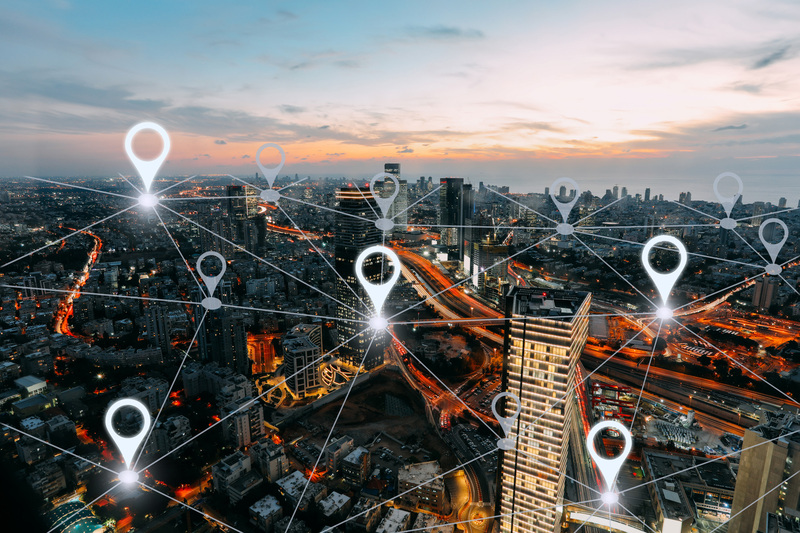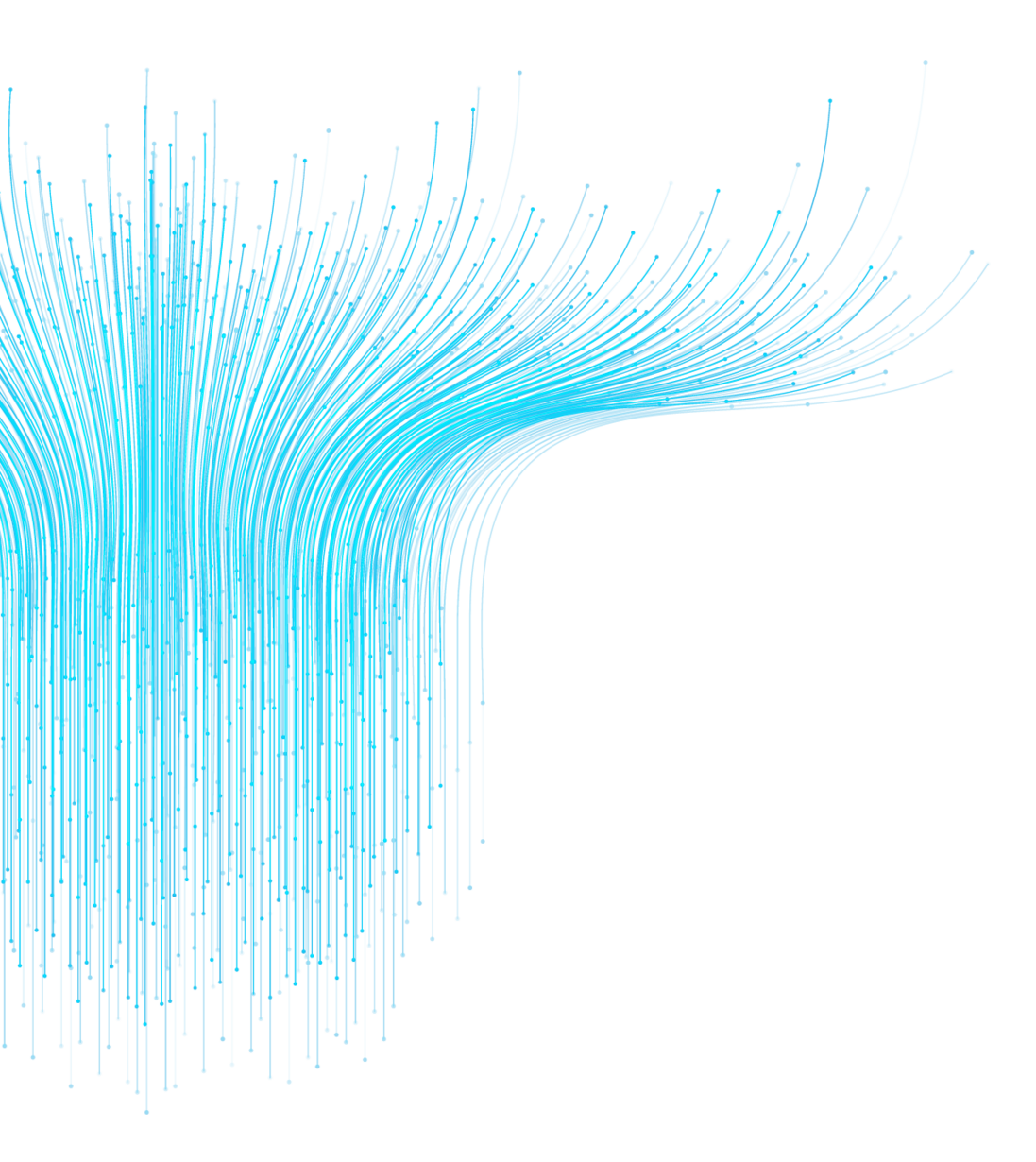Blogs

Introducing Annette Hammerich, Back Office Director at Pipol
We are delighted to present Annette Hammerich, a seasoned expert and a vital...
18 Dec 2024 • 3 min read

Meet Mike G. Varga – International Marketing Associate at Pipol
We’re excited to introduce Mike G. Varga, the newest additions to our team...
27 Sep 2024 • 2 min read

The Pipol Promise: To protect customers against project failure
As an ERP project owner, you must make a crucial decision on handling...
12 Jul 2024 • 3 min read

Meet Germaine Haggar Moltke-Leth, Customer Sales Manager at Pipol
What is the role of our Sales Manager, and what is, in her...
02 Jul 2024 • 3 min read

Why ERP Implementations Fail and How to Avoid Costly Mistakes
Implementing an ERP system requires careful planning, strong leadership, and dedicated resources. Even...
12 Jun 2024 • 3 min read

Introducing Sijesh Thattarath, International Project Controller at Pipol
What is the role of our International Project Controller, and how does this...
10 May 2024 • 3 min read

International Engagement Manager – John Taman
Introducing John Taman, International Engagement Manager at Pipol
28 Jan 2024 • 3 min read

Global process harmonization: Best practices vs best fit?
In this blog post, we dive into the challenges of harmonizing global processes...
09 Mar 2023 • 3 min read

Change management: 3 tips to break down resistance
Our many years of experience have taught us that when an ERP implementation...
23 Feb 2023 • 4 min read

Microsoft Azure: Powering Dynamics 365 for Enhanced Business Performance
First launched in 2010, Microsoft Azure has rapidly become one of the fastest-growing cloud...
16 Aug 2022 • 5 min read

Top 10 advantages of Microsoft Dynamics 365 for international companies
Microsoft Dynamics 365: Streamline Operations and Reduce CostsMicrosoft Dynamics 365 is a powerful...
07 Jul 2022 • 5 min read

Top 6 reasons for ERP Failure
Successfully implementing an ERP system takes time and careful planning. Even large international...
01 Feb 2022 • 6 min read

